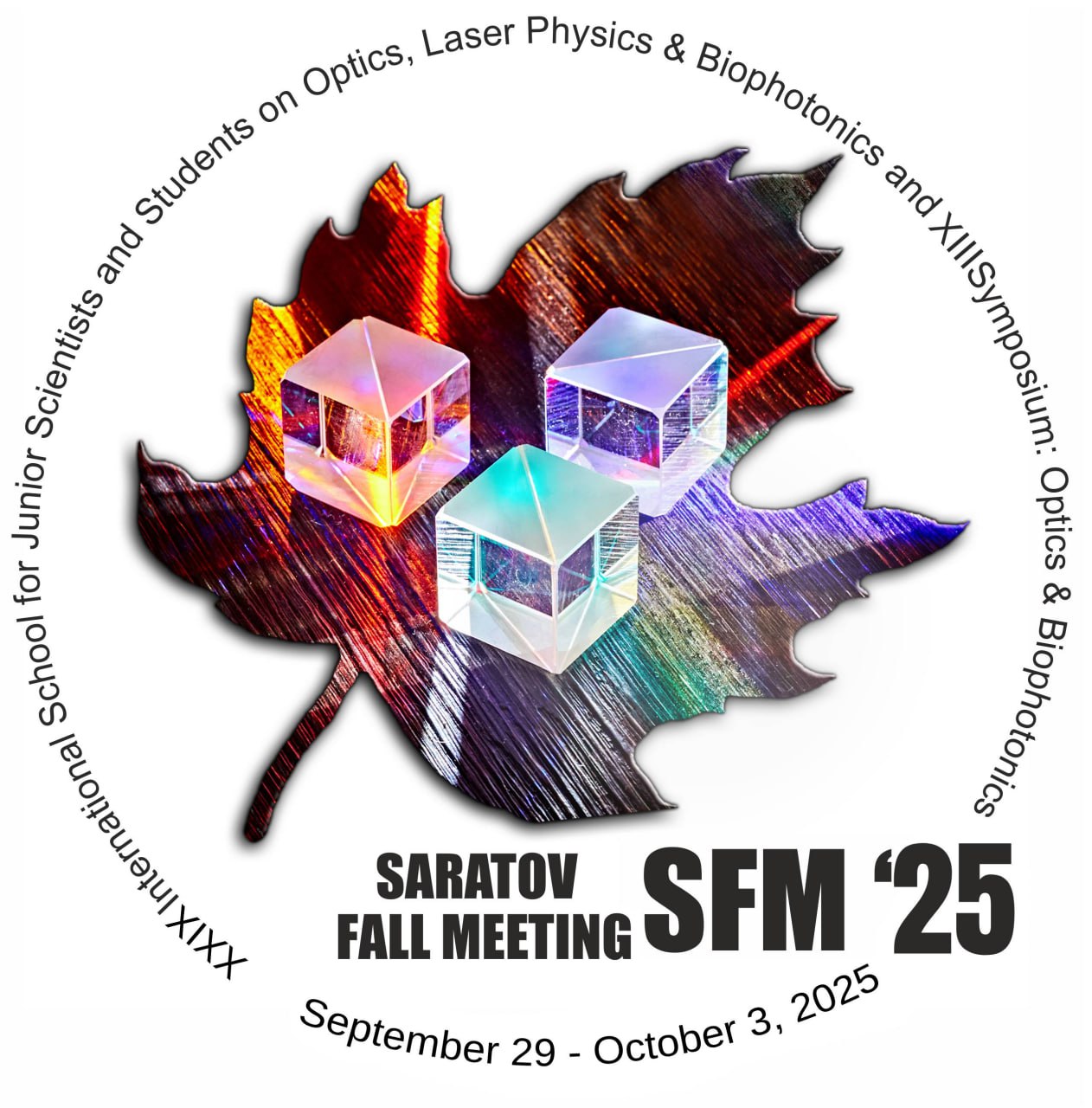The effect of temperature on luminescent properties of terbium complexes with ligands based on 2,2’-bipyridyldicarboxylic acid
K.D. Shmelkov1; 1Lomonosov Moscow State University, Moscow, Russia.
Abstract
Coordination compounds of rare earth elements due to narrow spectral lines, long luminescence lifetime and high emission intensity are promising subjects of research. Such compounds are widely used in optoelectronics, medicine, biological research, etc. The study of temperature dependences of luminescence for such compounds is very important since express, accurate and remote measurement of temperature is an actual task in diverse scientific fields. The purpose of this study is to investigate the temperature dependence of spectral characteristics of eight novel terbium complexes with ligands based on 2,2’-bipyridyldicarboxylic acid. Measurements of absorption spectra, emission and excitation spectra of luminescence, luminescence kinetics of solutions of terbium complexes in acetonitrile were carried out at temperatures varying in the range 298–328 K. The temperature dependences of the luminescence quantum yield and lifetime were obtained. It has been found that the intensity of the luminescence of terbium decreases reversibly as the temperature increases. Presumably, the effect of luminescence quenching with rising temperature is associated with an enhanced probability of the back energy transfer from the resonant level of terbium ion to the triplet level of the ligand. This research was funded by Russian Science Foundation, grant number 23-22-00103
https://rscf.ru/project/23-22-00103/.
Speaker
Kirill
Faculty of Physics, Lomonosov Moscow State University, Russia
Russia
Discussion
Ask question


